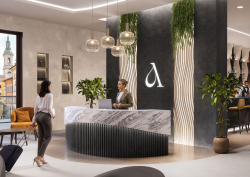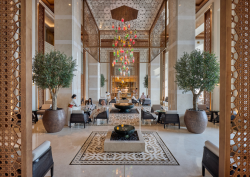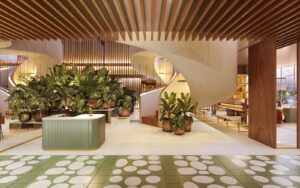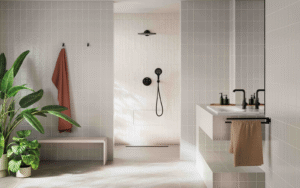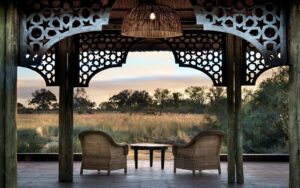Leaflike takes a look at where a moss wall fits into the conversation on sustainable design and natural materials…
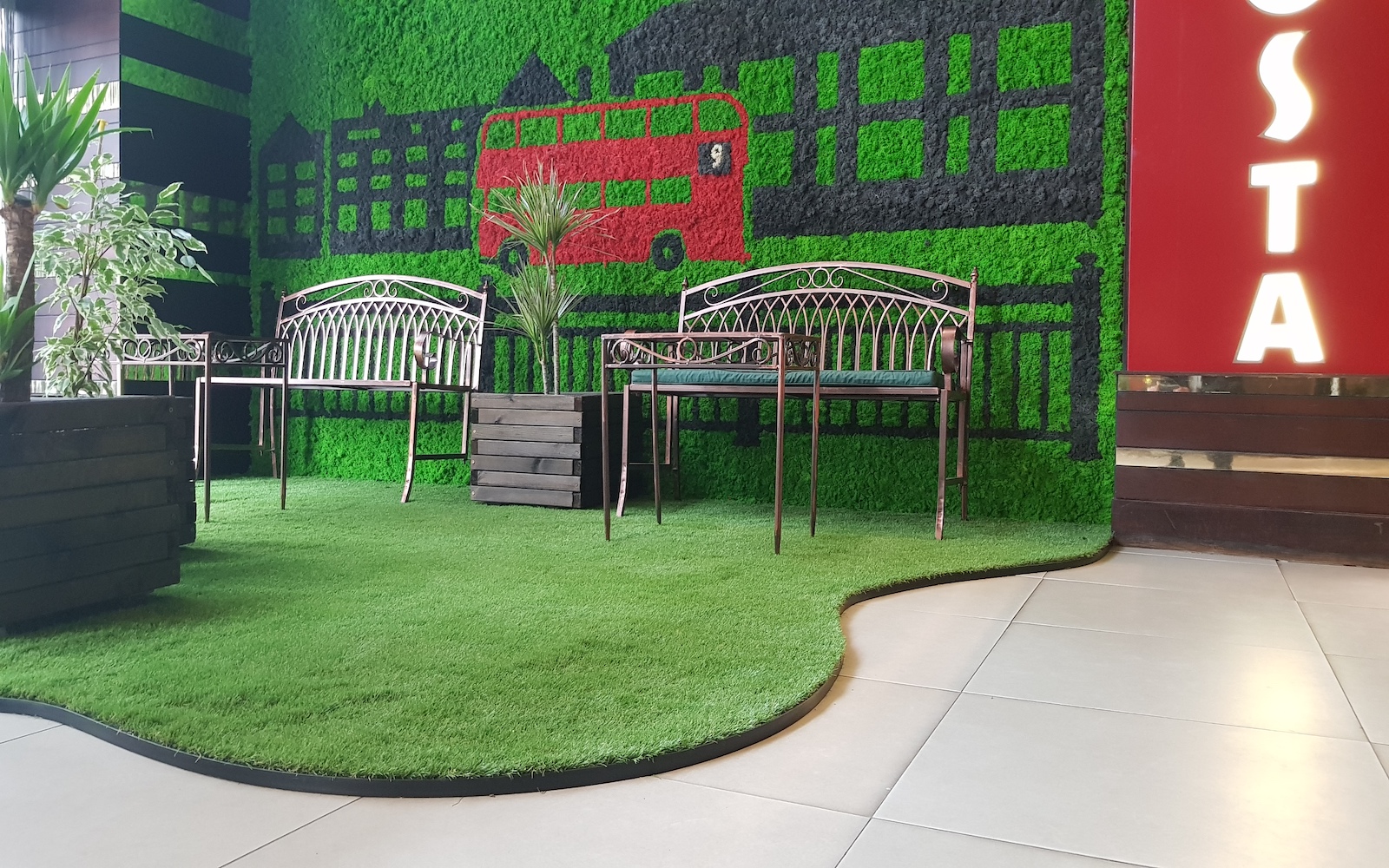
With the current emphasis on incorporating plants and greenery into design, there are a lot of unanswered questions around what is both sustainable and effective. Have you ever wondered if a moss wall is living, or how it is maintained? Do you love a bit of moss but are concerned about cost? Leaflike has identified some of the commonly asked questions and concerns about a moss wall in the process of uncovering the misconceptions and sharing the benefits.
One of the most common questions is ‘are moss walls real’? The simple answer is yes, they are 100 per cent natural but no longer living.
“Moss walls are in essence an artistic design piece crafted using natural preserved moss applied to a panel or backing board used for decorative pieces in commercial and residential spaces,” explained Liam Abernethie, Client Relations, Leaflike. “What most people misunderstand about moss walls is that they are not living. They are in fact a real natural product but no longer in its living state because it has gone through a preservation process.”
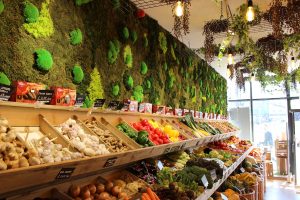
Image credit: Leaflike
The moss walls created by Leaflike in the Oxfordshire design studio, are made entirely from natural moss. The moss comes from sustainable sources, farmed rather than simply harvested in the wild, and goes through a natural preservation process using specialist salts. This simple process of preserving the moss ensures that its natural state, texture and feel remain the same as if the moss were living out in the woodlands. But instead, this natural product remains in a preserved state and is no longer alive. Because of this process that preserved moss goes through using natural salts, it cannot be used in exterior spaces where it is exposed to the elements. However, the applications for using moss in interior spaces is endless, from walls, to ceilings, to roofs and even decorative table centres.
When it comes to questions around light and sunlight required by a moss wall, the moss doesn’t require sunlight, it should in fact be avoided. Direct sunlight in certain circumstances can change the colour of the moss over time. This makes moss an ideal product for darker spaces where living walls may not survive.
Furthermore, moss walls are a great way to create a low maintenance and hassle-free green environment using natural elements. They do not require any water from a plumbing or irrigation system to keep them looking fresh.
Another frequent question asked about a moss wall is in relation to cost. Here the answer is a little less straightforward, as cost can vary as much as the product itself. Moss walls can be created in so many ways and installed in so many spaces. All our moss walls are constructed using three types of moss: woodland moss (or flat moss), reindeer moss and bun moss. Due to their differences in application, these three types of moss do vary in price but there are some general guidelines. Woodland moss tends to be the most cost effective because it is applied in larger quantities and therefore requires less labour to carefully place and handcraft. Reindeer moss tends to be more expensive as it is applied in small clumps and requires more labour at installation. Bun moss, tends to be the most expensive moss of all because of its natural shape and the process it goes through to be preserved.
Typically, two or three of these mosses are combined to create the perfect designer feature wall. In addition, there are three main factors which need to be considered and that will affect the price of your moss wall; size, design and installation. Clearly, the larger the moss wall, the higher your price tag will be. Design is another element that needs to be factored into the cost as the Leaflike team puts their energy into creating the perfect design and working closely with your vision to bring it to life. Some designs are more complex than others, they are handcrafted and will involve increased expertise from the in-house moss wall creators. If you already have a team working on a design installation, you could choose to go for a supply only approach.
Having worked through some of the concerns, let’s turn to the benefits of installing a moss wall. Moss walls are versatile and can make a strong statement when used to incorporate biophilic elements into a design. Besides an aesthetic appeal, moss walls have several other benefits. They are low maintenance and are an excellent way to bring nature indoors without the hassle of ongoing maintenance. Because the moss used to construct this decorative piece is preserved and therefore does not grow, there is virtually no maintenance required to keep it looking fresh and healthy.
With concerns around the environment and sustainability, how do moss walls measure up? Constructed using 100 per cent natural product, together with low maintenance and longevity of life (moss walls will last as long as eight to ten years if it is installed in an area where it can’t be tampered with), these green statements provide the creativity of nature, and at the same time, combine the convenience of artificial plants with the benefits of live plants.
Aside from design and aesthetics, a moss wall can also be an effective acoustic solution, and as a green wall solution, can have an impact on cognition and productivity. The University of The Basque Country tested the acoustic properties of modular green walls. To do this, they used two different reverberation chambers, and found that, when compared to untreated walls, the green walls resulted in a ‘weighted sound reduction index’ of 15db and a weighted sound absorption coefficient of 0.40’. This study demonstrated that these walls show a similar or better acoustic absorption coefficient than other common building materials. Similarly, a study from the University of Twente, in collaboration with CBRE, discovered that plants have a quantifiable positive impact on cognition and productivity. During the study, participants were taken to a healthier work environment equipped with large plants. The outcome of the study proved to be remarkable; performance by the employees increased by up to 10 per cent simply through connecting them to nature using biophilia.
In a world where we need to learn to do more with less, moss walls shine their colours. They are an excellent addition to spaces where biophilic design is required but there is limited floor space for other elements. They are so versatile that they can be created to literally any shape or size and work wonders in small spaces or high-traffic areas that are prone to be damaged.
Leaflike is one of our Recommended Suppliers and regularly features in our Supplier News section of the website. If you are interested in becoming one of our Recommended Suppliers, please email Katy Phillips.
Main image credit: Leaflike





